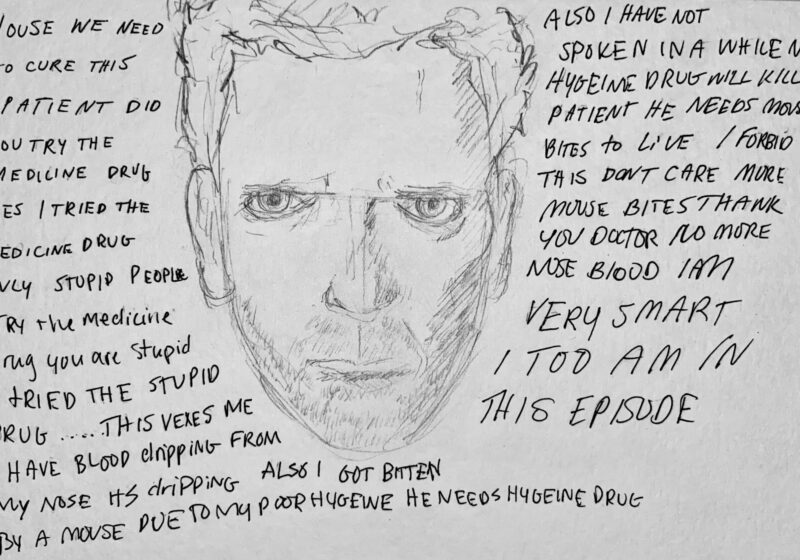In August, UR President Joel Seligman declined to sign on to the Amethyst Initiative, a group that is looking to evaluate the costs and benefits of changing the drinking age, on the grounds that he has not seen a strong enough factual basis to warrant it.
‘We simply have not seen compelling evidence that would justify the University of Rochester’s signing on to the Amethyst approach at this time,” Seligman said in an official statement.
The group proposes that elected officials open a fact-based, unbiased public debate on whether the drinking age should be lowered.
Another issue to evaluate is the impact that the 10 percent penalty from highway funding for states that do not comply with the 21-year-old drinking age has on informed debate.
The group also encourages the development of new ways to educate young people on the responsible use of alcohol.
‘We all share the same goal of reducing binge drinking and alcohol abuse by young people,” Seligman said. ‘The question at issue is whether reducing the drinking age would help or hurt.”
Dean of Students Matthew Burns agreed with Seligman’s decision not to sign. However, Burns supports the Initiative’s goal of opening public debates on and studying the effects of the current drinking age.
‘I don’t believe we need to be part of an initiative to do research or ask questions,” Burns said. ‘It sets a dangerous precedent to join an initiative to answer a question.”
Furthermore, Burns disagreed with the Initiative’s assertion that the passage of the 1984 National Minimum Drinking Age Act led to a rise in binge drinking, defined as consuming five or more drinks in one sitting.
‘I question that premise,” Burns said. ‘I don’t know that raising the drinking age has created that.” Burns acknowledged, however, that binge drinking does occur on college campuses.
To address alcohol use on campus, the Dean of Students Office, in collaboration with University Health Services and the Undergraduate Counseling Center, focused on evidence-based education that encourages responsible drinking. The school has avoided emotion-based scare tactics. Some examples include placing a car mangled in an alcohol-related accident on Eastman Quad because, as UHS Health Educator Nancy Reynolds explained, research does not show that they are effective.
‘Those programs are very showy, they are flashy, they call a lot of attention to themselves, but they’re not evidence-based,” Reynolds said.
UR’s strategy to encourage responsible choices about alcohol has two aspects. The first is educating students about the dangers of alcohol abuse. The second involves intervening in cases where students have made high-risk decisions about alcohol.
To inform UR students, the UHS Health Promotions Office distributes brochures and other information. The UHS Health Promotions Office also publishes alcohol-related statistics in the ‘Bee Counted” section of the Weekly Buzz and prints the ‘Monthly Installment,” which is posted in bathroom stalls around campus. When the combination of the dean of students, UHS, UCC and Residential Life choose to intervene, they use BASICS and CollegeAlc, two strategies that they have found successful.
During BASICS, a student with multiple alcohol-related incidents meets with Reynolds for two one-on-one sessions where Reynolds counsels the student on how to make more responsible decisions about alcohol.
‘After an incident, many students are motivated to change their use,” Reynolds said.
BASICS usually enrolls 75-80 students each year, Reynolds reported. For a first minor incident, it is more likely that the student will have to take CollegeAlc, an online alcohol education course.
If the student completes the course by a set time, the dean of students may consider the Second Chance option and remove the incident from the student’s record. Approximately 100 students enroll in CollegeAlc each year.
Last spring, more than 400 UR students from a random sample of 2,000 participated in the CORE survey, which examined alcohol use and habits of students at four-year institutions in New York State.
The CORE survey found that 70 percent of UR students reported that they had consumed alcohol during the previous month, 46 percent drank once a month or less and 16 percent drank twice a month. CORE also found that 38 percent of UR students reported binge drinking within the two weeks prior to taking the survey, while the average for New York State was 51 percent.
‘In almost every category we are making lower-risk choices,” Burns said. ‘We came out looking pretty good, not that we can’t do better.”
Reynolds reported that the survey results were encouraging, though they may surprise students.
‘Students believe that there’s more alcohol abuse going on than there actually is,” Reynolds said. ‘The majority of students are making safe, responsible choices about drinking.”
The Health Promotions Office to publicize that the majority of UR students are making low-risk choices. Despite the promising statistics, one figure has drawn Reynolds’s attention: 20 percent of UR students consume 80 percent of the alcohol on campus.
Reynolds said that the Health Promotions Office seeks to educate those students.
‘Because they draw so much attention to themselves, students think they are the norm,” Reynolds said. ‘If you really want to fit in to our culture, most of our students are choosing not to drink or drinking responsibly.”
Fleming is a member of the class of 2010.





